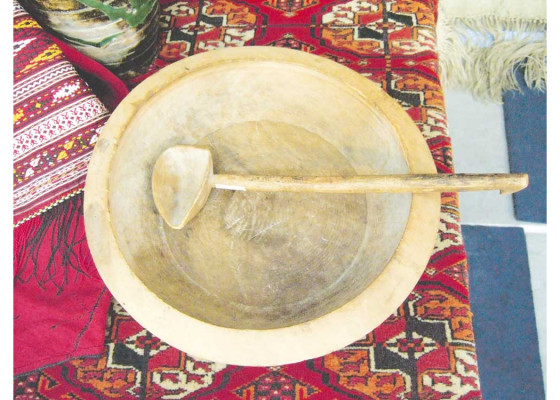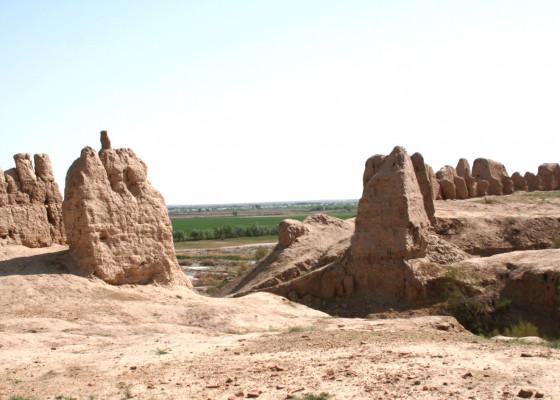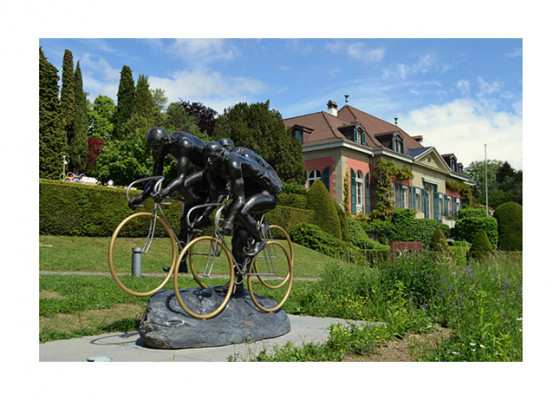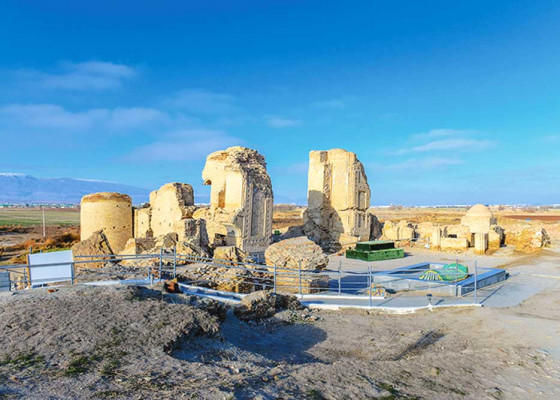Museums — witnesses of history
Today, thanks to the great efforts of the National Leader of the Turkmen people, Chairman of the Halk Maslakhaty of Turkmenistan, Hero-Arkadag and under the leadership of the esteemed President Arkadagly Hero Serdar, the history of the Turkmen people is glorified. Our Hero-Arkadag says that «Turkmens are one of the most ancient peoples who have made a great contribution to the treasury of world culture and cultural and spiritual development». Because the national art, jewelry, applied art, historical and ethnographic values of the ancient Turkmen people with a five-thousand-year history are similar to the heritage of the Turkic peoples and at the same time differ in their composition. The national pride of our people is our spiritual values, monuments, priceless assets in the study of our glorious history. By studying the life, beliefs, and traditions of the Turkmen people in the historical past, you understand the artistic and ancient nature of the culture and art of the Turkmen people. During the Revival of the New Era of the Powerful State under the wise leadership of President Serdar Berdimuhamedov, great importance is attached to the preservation of our national heritage and material values, their scientific study and popularization among the public. Over the five-thousand-year history, the Turkmen people have created many states that have made a great contribution to th









